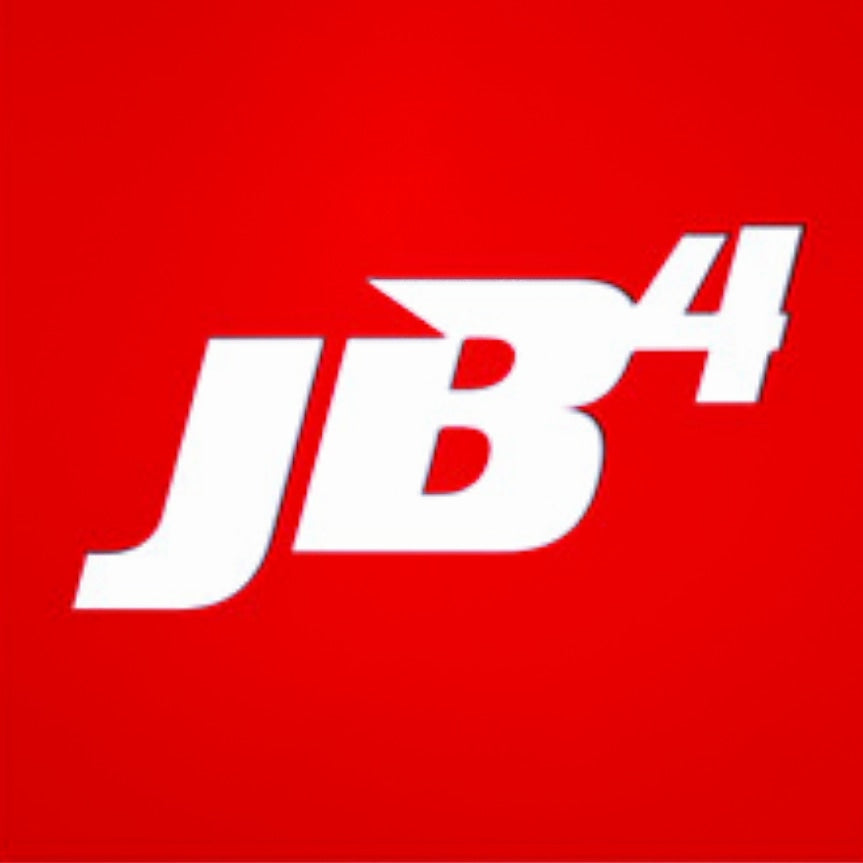Link to an install video I created: Login • Instagram
On Sunday I installed the JB4 tuner unit by BMS on my 2017 Base w/PDK & Sport Chrono. It took about 1.5 hrs and most of that was disassembly. The process is pretty straightforward: unplug a couple of sensors, plug the JB4 box into their place and reconnect the Porsche sensors to the JB4 box. Then I had to run a cable and plug from the OBDII sensor to the engine compartment and plug it into the JB4 as well.
Once installed, you gotta buy the BMS JB4 app and install it on your phone ($27.99). Then you tap “connect” and it finds the JB4 within a couple of seconds.
From there it shows you a set of gauges that let you monitor the sensors and performance in real time. For the most part I’m paying attention to the boost levels.
Tonight I filled up with 91 and 3.4 gallons of 101 octane to put me at 93 octane total. Set the JB4 to Map 3, which is designed to give you +4.5psi of boost. I hit +6psi (26psi total) at one point. 😎
The JB4 has transformed my car.
It’s drastically noticeable. Power comes on earlier and stronger - like enough that I have to be careful. The throttle feels very responsive and the torque pushes you back at lower speeds, much more than before.
I’m just getting started, but apparently the BMS guys will help with custom tuning and advice. Will let you know if I get feedback from them.
The app let’s you create logs from your drives so you can review how the tune is performing. So far I’m really happy with it. I’ll try to continue to post more details here.






